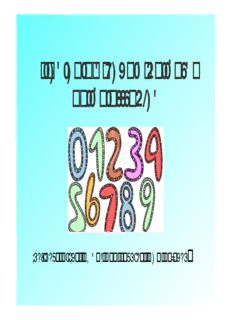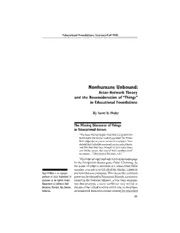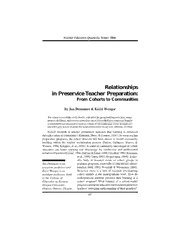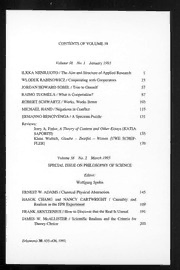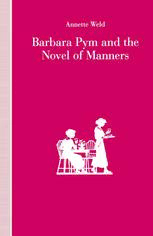
Barbara Pym and the Novel of Manners PDF
Preview Barbara Pym and the Novel of Manners
BARBARA PYM AND THE NOVEL OF MANNERS Barbara Pytn and the Novel of Manners ANNETTE WELD Palgrave Macmillan ISBN 978-1-349-21692-5 ISBN 978-1-349-21690-1 (eBook) DOI 10.1007/978-1-349-21690-1 ©Annette Weld 1992 Softcover reprint of the hardcover 1st edition 1992 All rights reserved. For information, write: Scholarly and Reference Division, St. Martin's Press, Inc., 175 Fifth Avenue, New York, N.Y. 10010 First published in the United States of America in 1992 ISBN 978-0-312-06808-0 Library of Congress Cataloging-in-Publication Data Weld, Annette. Barbara Pym and the novel of manners I Annette Weld. P· em. Includes bibliographical references (p. ) and index. ISBN 978-0-312-06808-0 1. Pym, Barbara-Criticism and interpretation. 2. Manners and customs in literature. I. Title. PR6066.Y58Z94 1992 821'.914-dc20 91-22283 CIP Contents List of Abbreviations vi Acknowledgements vii 1 Manners and Comedy 1 2 Poems, Stories, and Radio Scripts 18 3 The Early Novels 47 4 Something 'Very Barbara Pym' 82 5 Rejection, Resurrection, Valediction 149 6 Conclusion 203 Notes 206 Bibliography 213 Index 221 v List of Abbreviations All references are to the Macmillan editions of Pym' s novels and are cited parenthetically in the text as the following acronyms. Some Tame Gazelle STG Crampton Hodnet CH Jane and Prudence JP Excellent Women EW A Glass of Blessings AGOB Less than Angels LTA No Fond Return of Love NFRL An Unsuitable Attachment AVA The Sweet Dove Died TSDD An Academic Question AAQ Quartet in Autumn QIA A Few Green Leaves AFGL Civil to Strangers CTS A Very Private Eye AVPE Acknowledgements For permission to quote from the collection of Pym papers I thank Hazel Holt, Hilary Walton, and the staff of the Department of Western Manuscripts, Bodleian Room 132. Colin Harris of that library provided much help, both long-distance and on-the-spot, over a period of several years and my thanks go to him for his patience. Thanks are due to Macmillan London Ltd, E.P. Dutton Inc, and the Estate of Barbara Pym for permission to quote from the novels, and to Faber & Faber Ltd and Farrar, Straus and Giroux Inc for permission to include Philip Larkin's 'Posterity' from High Windows © 1974, Philip Larkin. I am also grateful to the representatives of the Philip Larkin Estate for their permission to quote from the Larkin-Pym correspondence. Other of Pym's correspondents granted their kind permission to include extracts from their letters, including R. S. Smith, Paul de Angelis, and the estate of Lord David Cecil. Kate Heberlein graciously allowed me to quote from her fine dissertation on Pym, and several others including Geoffrey Holt, Colin Harris, P. T. Baxter, and Alfred Harris contributed their remembrances. My grateful appreciation and sincere thanks are owed to many for the completion of this work, but especially to Hazel Holt and Hilary Walton for their kindness and inspiration; to professors J. W. Johnson and Bette London for their advice and encouragement in its early stages; to the Susan B. Anthony Center for Women's Studies at the University of Rochester for the grant enabling me to visit Oxfordshire and the Bodleian Library; to my friend Lotus Snow for her superb editing skills and unwavering confidence in me. Most of all I thank Chip and our children, for their patience, their computer, and their love. ANNETTE WELD 1 Manners and Comedy Two years before her death in 1980, Barbara Pym described to a radio audience her ideal of artistic immortality: One of my favorite quiz games on television some years ago was the one in which panelists were asked to guess the authorship of certain passages which were read out to them, and then to discuss various features of the author in question. There were no prizes for guessing, no moving belt of desirable objects passing before their eyes, just the pleasure and satisfaction of recognizing the unmistakable voice of Henry James or Henry Greene, or whoever it might be. I think that's the kind of immortality most authors would want - to feel that their work would be immediately recognisable as having been written by them and by nobody else. But of course it's a lot to ask for. (MS Pym 98, fol. 125)1 As well as admiring Pym's candor here, we can congratulate her success. In twelve novels, a posthumously issued autobiography, and numerous unpublished stories and journals, Pym's voice is 'immediately recognisable', witty, dry, perceptive. Popular and lit erary acclaim for her work was late, swift, and appropriately ironic, but complete enough to warrant inclusion in both best seller lists and college curricula. So familiar and distinctive is her imagined world that only a few years after Pym' s death a fictional narrator can complain, 'Encounters like that ... make me feel like a character in Barbara Pym. Perhaps that's what I am: anima naturaliter Pym',2 and feel no further need for explanation. Her work has engendered popular success and survived close critical examination. Pym's world of solitaries and small comforts is, as she hoped, 'unmistakably' her own. Curates, spinsters, academics, and librar ians lead lives circumscribed by indecision; small worlds collide, characters converge and recoil, much conversation and little action 1 2 Barbara Pym and the Novel of Manners occur, and the social scene is barely altered. Her readers have come to expect the tightly controlled evocation of postwar Britain, the exposition of characters slightly threadbare but of good family, and the working out of a plot with less than world-shattering consequences. She never disappoints them. Yet seldom in contemporary fiction do we find an author whose canon is simultaneously so homogeneous and so distinctive. Never straying far from the self-imposed restrictions of place and person, Pym within that limited frame creates in each novel a social mosaic that both comforts and disturbs, as familiar as an old lace tablecloth and as difficult to lean on. Loneliness and self-doubt go hand in hand with cozy cups of tea and printed silks; the reassurance of the recognisable is often undermined by the price paid for stasis. The What Ifs of life haunt these works, and while the social comedy is broad, the doubting persists. And what of the woman behind the authorial voice? A cursory glance reveals an Oxford-educated editor of a small but respected anthropological journal whose life, if not measured out in coffee spoons, at least weathered none of the female upheavals of marriage and family. To dismiss Pym as a character from her own collection, however, is to overlook the rich sensuousness of her college days, the passions of several unrequited loves, and the efforts of work in the wartime WRNS or at her writing and editing. As her friend and literary executor, Hazel Holt, has noted, 'her shyness and reticence concealed much of the variety and complexity of her personality'.3 Pym's family and friends, war work and professional life moved her in and out of a series of contained communities which provided rich material for a novelist concerned with social behavior. Shy and reticent Barbara Mary Crampton Pym may have been, but these qualities did not deny her a headstrong plunge into life. Born during the first world war to supportive parents and middle class comfort, Barbara and her younger sister Hilary led what Hilary calls 'a happy, unclouded childhood' (AVPE, 2). They learned Gilbert and Sullivan from the local operatic society, shared the organ-stool while their mother played parish hymns, and enjoyed encouragement from an extended family in their separate talents. Indeed, Barbara's first public success came at the age of nine: an operetta, The Magic Diamond (MS Pym 98, fols 1-12) written for an Easter reunion with favorite cousins. Separated only during their school and university days, the sisters remained close confidantes and friends throughout their lives. Barbara, Hilary relates, even Manners and Comedy 3 based her first fully rounded characters, Belinda and Harriet Bede, on her speculaions about the aging Barbara and Hilary Pym. It was never our particular intention, in spite of the prophetic circumstances of Some Tame Gazelle, which she had started in 1934, to live together, but it somehow turned out that from about 1938 right up until the time of her death in 1980 we were never apart for more than a year or so at a time. (AVPE, 4-5) Amiable and tolerant, both the sisters Bede and Pym radiate the warmth of mutual affection and support. Entering St. Hilda's College, Oxford, in 1931, Pym set out eagerly to discover the pleasures and passions of Oxford social and, second arily, academic life: 15 January. A new term in a new year - golden opportunities (and how!) to get a moderator - a peer's heir - a worthy theological student-or events change entirely; But Oxford really is intoxicating. (MS Pym 101, fol. 5) The early journals record with adolescent breathlessness rounds of sherry parties, cinema dates, and a succession of young men. Subsequent entries detail plots or single scenes for novels, quo tations from favorite authors, or observations of human behavior that might bear later development. Journals and notebooks became a lifelong habit beginning in these years- 'mercifully less personal and introspective as the years go on' - a sixty year old Pym will later admit. 4 While the reader may grow impatient with the schoolgirl sections, later ones follow the growth of the mature woman and the accomplished author. When collected along with selected correspondence in A Very Private Eye, they chart the ebb and flow of Pym's personal and artistic life. Perhaps predictably, the central section of this collection, entitled 'The Published Novelist', is also the briefest. After too generously detailing Oxford and the war years, the book offers disappointingly few details of her most productive period. February 20, 1946: There is so much that I want to write now, that I hardly know where to begin. But I feel I must also have a job, not only because of earning money but because I find routine work soothing (as long as it is not too boring) and the best way of
The list of books you might like

Shatter Me Complete Collection (Shatter Me; Destroy Me; Unravel Me; Fracture Me; Ignite Me)

The 5 Second Rule: Transform your Life, Work, and Confidence with Everyday Courage

What Happened to You?

Corrupt (Devil's Night #1)

Demographic & economic information for Yellowstone County
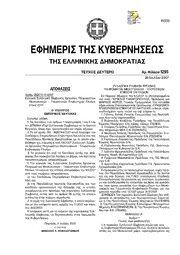
Greek Government Gazette: Part 2, 2007 no. 1295

Banquete de los eruditos Libros XI-XIII
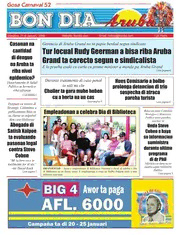
Bon Dia Aruba (21 Januari 2006)
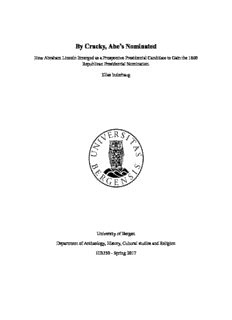
By Cracky, Abe's Nominated
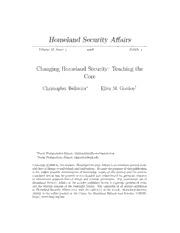
DTIC ADA484047: Changing Homeland Security: Teaching the Core

Full Circle Magazine FR
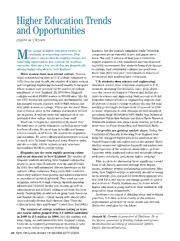
ERIC EJ792659: Higher Education Trends and Opportunities

But enough about me: a memoir
![Die Gattung Amplyptems Hübner, [1819] (Lepidoptera, Sphingidae) book image](https://cdn.pdfdrive.to/media/content/thumbnails/7ea74465-ee9d-452f-81c7-5c1f9918eb0a.webp)
Die Gattung Amplyptems Hübner, [1819] (Lepidoptera, Sphingidae)
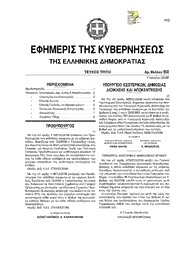
Greek Government Gazette: Part 3, 2006 no. 150
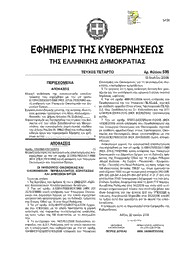
Greek Government Gazette: Part 4, 2006 no. 599
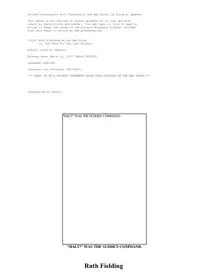
Ruth Fielding at the War Front by Alice B Emerson
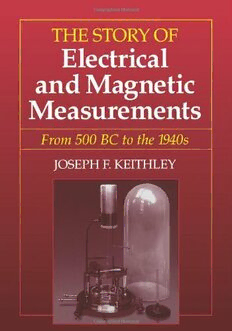
The Story of Electrical and Magnetic Measurements: From 500 BC to the 1940s

Anatomia Patológica - Temas para Enfermería

Compactified Time and likely Entropy -- World Inside Time Machine: Closed Time-like Curve --
